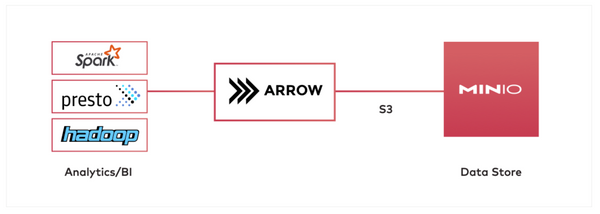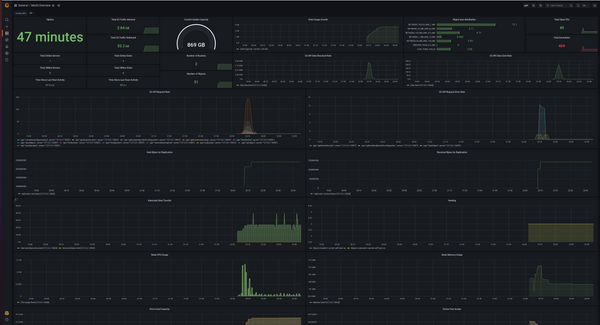
I was recently working with a customer on a performance optimization issue when
I became aware of an NMVe phenomena which I had never come across, despite
spending decades as a chief technology officer and chief data officer. As I dug
into the phenomena, I learned that it is a bit of a shared secret among the NVMe
crowd. The
Read more

Learn how Reed-Solomon erasure coding provides data protection for distributed object storage at scale.
Read more

This post first appeared in The New Stack.
With the constant evolution of the enterprise, machine learning and artificial
intelligence have become board-level initiatives.
Marketing claims aside, capabilities that seemed almost mythical a few years ago
are now taken for granted as AI/ML becomes baked into every software stack and
architecture. This is becoming known as AI-first architecture.
In
Read more
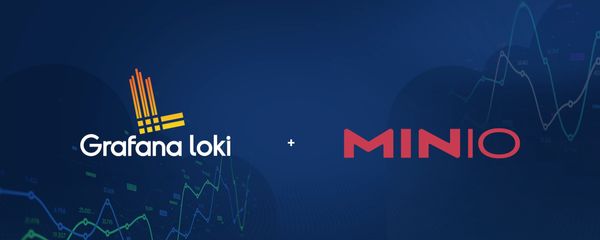
Install and configure Loki, Promtail, Grafana and MinIO to quickly get started working with log data.
Read more
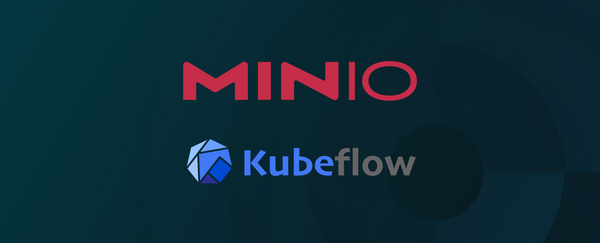
Kubeflow is a modern solution to design, build and orchestrate Machine Learning pipelines using the latest and most popular frameworks. Out of the box, Kubeflow ships with MinIO inside to store all of its pipelines, artifacts and logs, however that MinIO is limited to a single PVC and thus cannot benefit from all the features a distributed MinIO brings to
Read more
We are in a cloud native talent crisis. It is not going to end soon.
Given the depth of the crisis, it is pretty amazing to consider how quickly the cloud operating model has grown – from the public cloud to the private cloud and even out to the edge.
Our clients and partners are all angling for more cloud talent.
Read more

We recently benchmarked MinIO S3 performance on the Western Digital OpenFlex Data24 using the WARP benchmark tool.
Western Digital’s OpenFlex Data24 NVMe-oF Storage Platform extends the high performance of NVMe flash to shared storage. It provides low-latency sharing of NVMe SSDs over a high-performance Ethernet fabric to deliver similar performance to locally attached NVMe SSDs. Industry-leading connectivity, using Western
Read more

Learn how to add external TLS certificates to MinIO tenants and access them using SNI.
Read more

Take advantage of MinIO’s performance, data protection and S3 API functionality for log management and analysis.
Read more

At MinIO, we are on a mission and we won’t stop until everyone can run the resilient, performant and scalable object storage that has taken the cloud by storm. There are already millions of MinIO deployments across the public cloud, private cloud and edge - and we are making it even easier to run S3 API compliant and Kubernetes
Read more

Modern infrastructure is all about availability.
* Consider an online mortgage business. A provider has 30 seconds to provide a quote to a prospective buyer or another provider will win the customer’s business.
* For online retailers, the weeks between Thanksgiving and New Year’s account for up to 25% of their annual revenue.
* The SLAs that customers expect from an
Read more

Primary storage is the storage your application talks to. In the cloud operating model that primarily object storage. Anyone who tells you differently is trying to sell you something.
Read more

We just finished up our Storage Field Day presentation last week and one thing that was clear - there are a lot of folks in the analyst community that continue to be invested in the success of SAN/NAS.
On the one hand we understand.
There are far more companies in the SAN/NAS universe than there are in the
Read more

Learn how to deploy MinIO in distributed mode to get S3 object storage on Azure.
Read more
MinIO is deprecating the gateway and will be completely removed in six months. This should not come as a surprise, we began informing the community in 2020 and have steadily removed unpopular gateways. In the last ten months, MinIO has only made bug fixes.
The community can continue to use older versions of MinIO past that date. We also encourage
Read more

Working with a data lake of ZIP files? Learn how to download individual files from ZIP archives saved on MinIO.
Read more
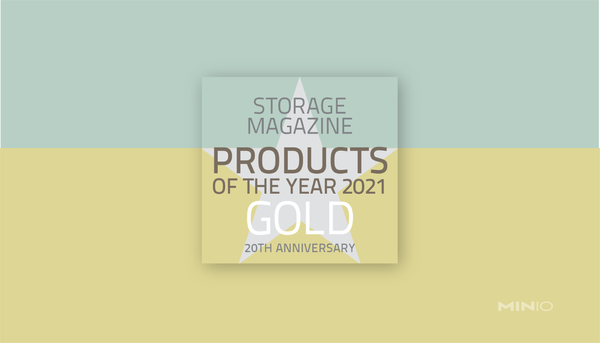
We mentioned last week that we had our eye on the TechTarget Storage Product of the Year awards. They are among the most coveted in the storage business. TechTarget is a machine unto itself and part of that machine is a ton of talented journalists and analysts so winning it means you impressed a lot of smart folks.
Everyone in
Read more


